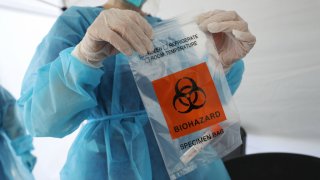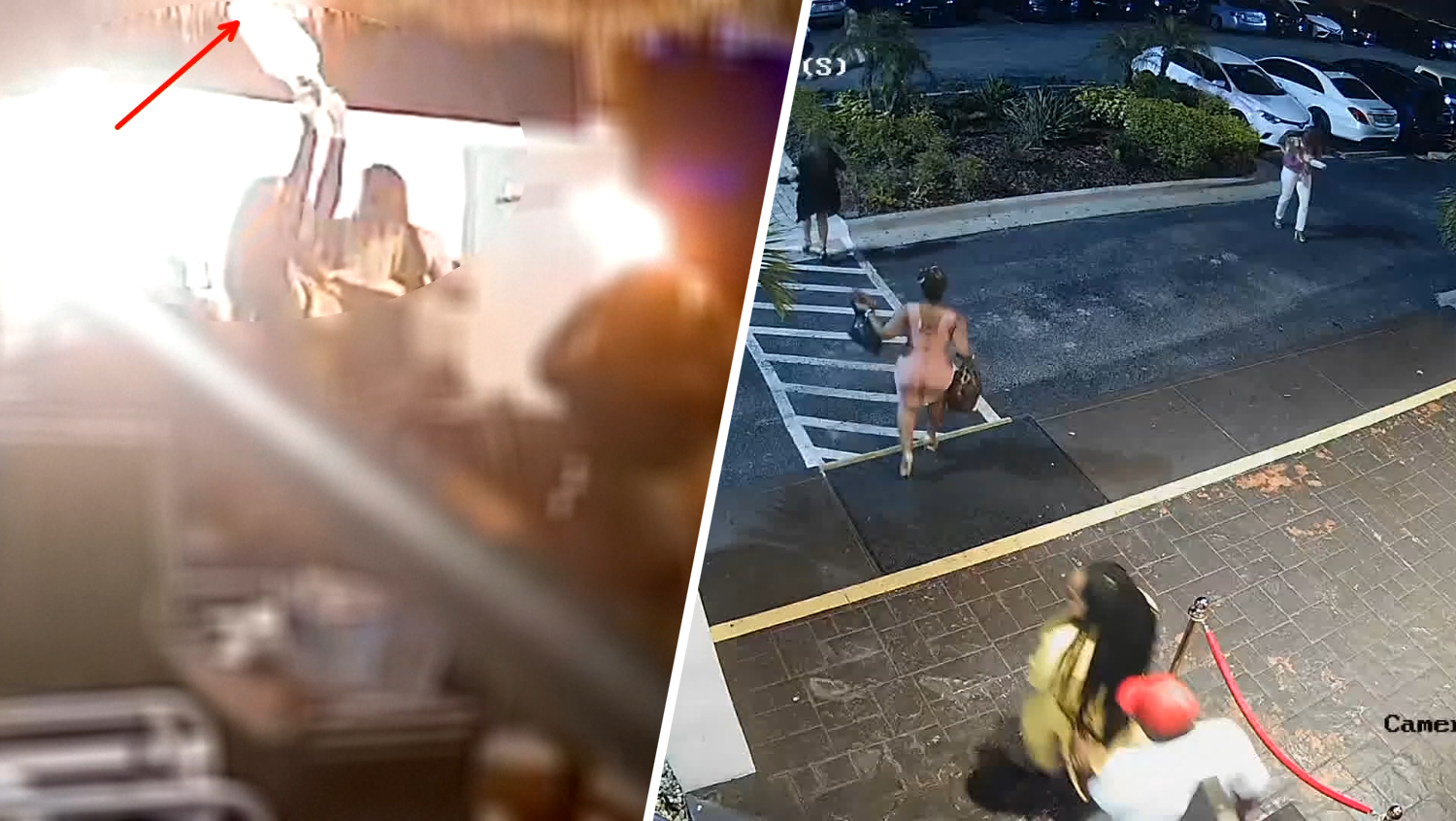
Five months now seems like so long ago, but in the early days of COVID-19 testing, it took a clinician with full PPE and a long swab to reach through a nostril way back to an area called the nasopharynx for a sample to be analyzed in a lab.
It's not always comfortable for the person being tested, sometimes flinching, gagging or sneezing. Such a protocol on large scale also goes through a lot of personal protective equipment, not to mention the personnel needs, plus the additional interaction and exposure to people suspected of having a highly contgaious disease.
Now, with the evolution of testing, there's a site where you don't even need an appointment and can simply walk-up to the tables outside King Community Hospital. After doing your paperwork, you get a bag with a swab and instructions how to take your own sample from the nasal cavity (nowhere near as far back as the nasopharynx), put it in the bag, drop it in the intake box, and then be on your way, with results promised in 72 hours.
"It's not the intrusive nasal test," promises Yolanda Vera, CEO of the hospital's Outpatient Center, which is operating the test site.
Fact is, self-administered COVID-19 testing is not new. At its test sites, the city of Los Angeles has been using a system developed by Curative Korva that relies on self-administered swabs inside the mouth. Validation research shows high sensitivity and specificity, Curative founder Fred Turner has said.
Swabbing your own nasal cavity requires perhaps a bit more dexterity.
So, the question arises: Does self-swabbing obtain an adequate sample as often as a professional clinician? Statistically, all testing methods at times miss some positive cases, but might do-it-yourself swabbing miss more?
U.S. & World
"It's a reasonable concern," said King Hospital's Khenphong Trinh, MD. With the newness of COVID-19, he said he has not seen any large scale studies drawing a definitive conclusion. But from his survey of the literature, Dr. Trinh says the outcomes appear to be "fairly even."
One study looked at the results of patients in the Puget Sound Area of Washington who had samples taken by multiple means.
"Of the 498 patients with both nasal and nasopharyngeal samples, both swabs were negative in 447, both swabs were positive in 47, the nasopharyngeal swab was positive and the nasal swab was negative in 3, and the nasal swab was positive and the nasopharyngeal swab was negative in 1," according to the authors, Yuan-Po Tu, MD et al.
"Adoption of techniques for sampling by patients can reduce PPE use and provide a more comfortable patient experience," the study concluded.
Another study, also in Washington, looked more at samples taken at home compared to a clinical setting.
"Home swab collection has the potential to play a pivotal role in increasing testing access across the broader population," concluded the authors Denise J. McCulloch,Md, et al.
Asked Friday about the increasing use of self-administered COVID testing, California Secretary of Health and Human Services Mark Ghaly, MD expressed no specific concerns, but noted, "Absolutely, the way the test is administered may impact the result."



